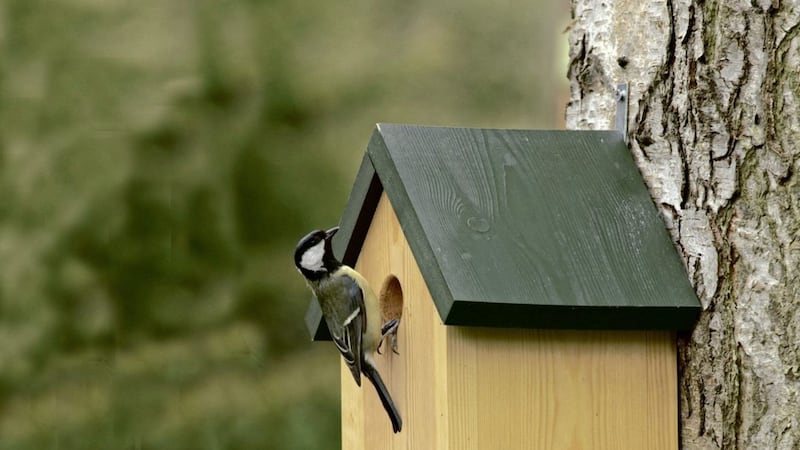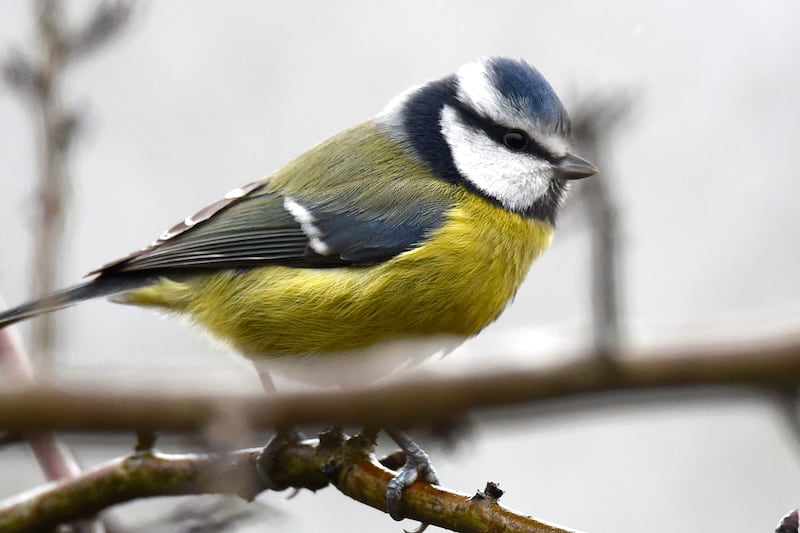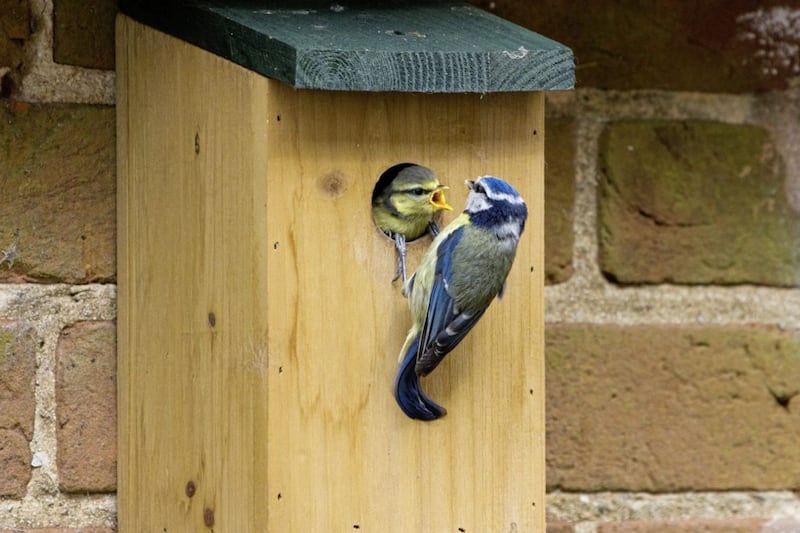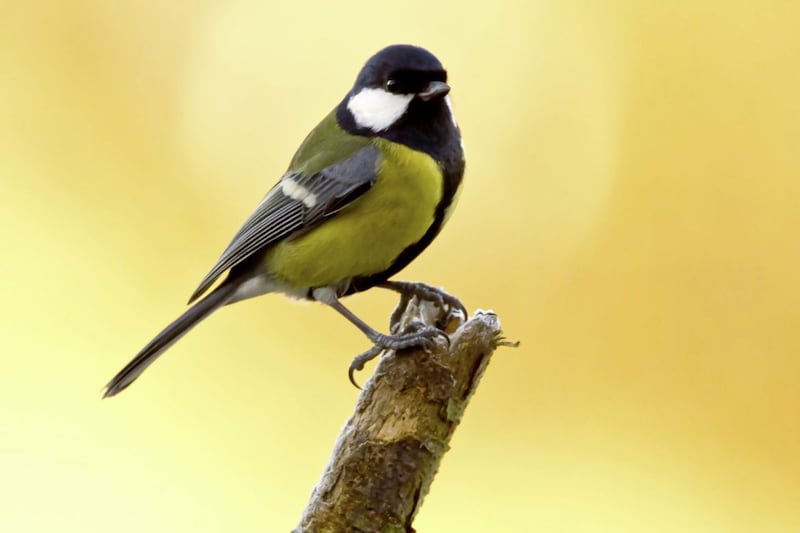IF YOU are planning to put up a nest box during National Nest Box Week or at any time, here's some advice from the British Trust for Ornithology and the RSPB.
1. Make sure it's insulated
Only choose a box made from an insulating material such as wood or a special waterproof wood/concrete compound like Woodcrete.
2. Avoid metal and ceramics
Don't choose a box made from dense materials like metal or ceramics as the interior can become too hot or too cold for chicks to survive.
3. Choose a type with thick walls
To provide insulation and be durable, the walls of wooden boxes should be at least 15mm thick. Wooden boxes can be safely treated on the outside with a preservative provided it is non-toxic and water-based. A box made from cedar, oak or beech will far outlive one made from softwood such as pine.
4. Check the hole size
Choose a box with a 32mm entrance hole as this is the ideal size for all small hole-nesting birds such as sparrows and tits. Choose a smaller 26mm hole only if you want to restrict the box to blue tits. The internal floor area should at least 130 square cm (20 square inches).
6. Avoid perches
Perches are not necessary and may even act as a foothold for squirrels or weasels.
7. Maintain easy access
A good box should provide easy access for human observers who wish to record the contents and to clean out the disused nesting material at the end of the season.
8. Place them strategically
The ideal height for a small-hole type nest box is between 1m and 5m above the ground with a clear flight path. Care must be given to make sure the box isn't easily accessible to predators.
9. Avoid...
Steer clear of brightly coloured nest boxes. The more inconspicuous they are, the better.
:: For more see bto.org







